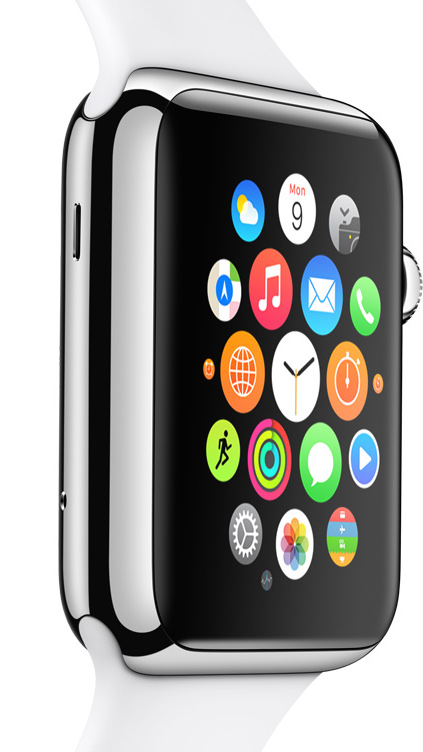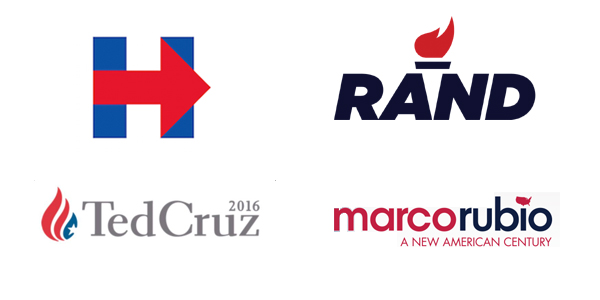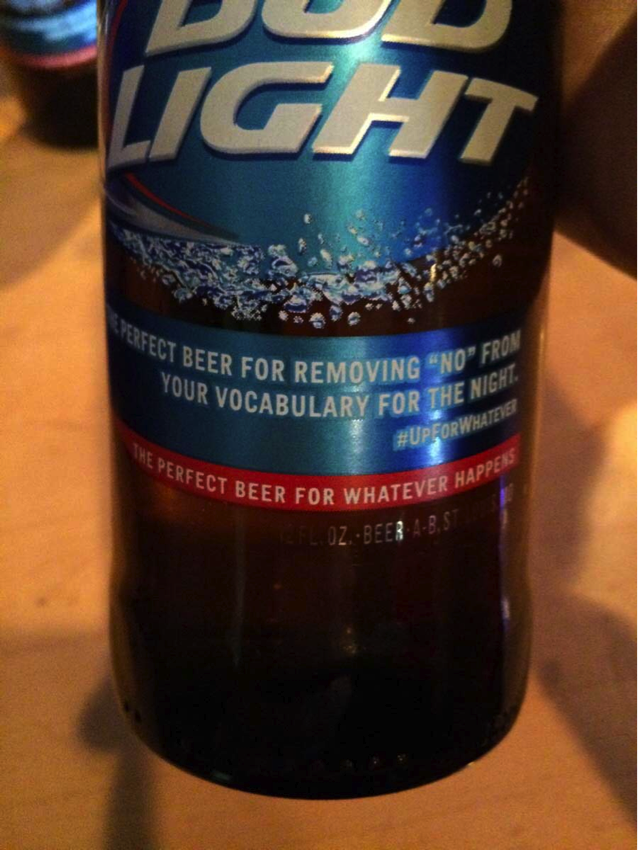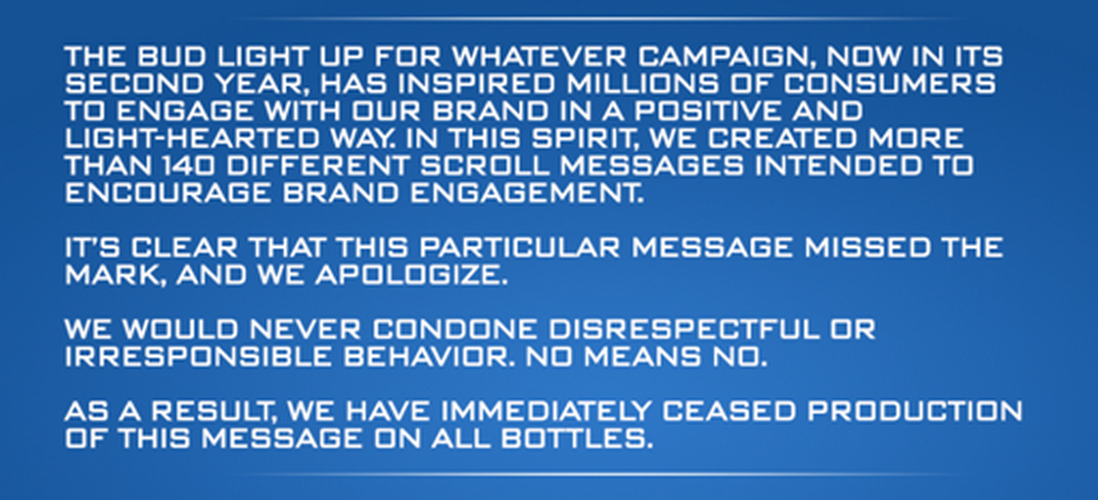Customer experience might be all the buzz these days, but is it really anything new? Coca-Cola’s contour bottle has been creating the ultimate in customer experience for 100 years.
There is a lot of talk these days about customer experience and how in order for brands to be successful they must create the ultimate customer experience across all touchpoints. We all know that basic marketing has moved beyond the 4P’s – product, price, place and promotion. While the 4P’s still serve as the marketing foundation, we have seen how the influence and the integration of technology and social media have significantly impacted how marketers think about the 4P’s.
Achieving the ultimate customer experience comes in all forms and is the best way for brands to keep their customers engaged throughout every step of the brand journey. And this holds true whether we are talking about B2B, B2C or CPG companies, brands, products and/or services. So what exactly do we mean by Customer Experience or (CX)? Wikipedia defines Customer Experience (CX) as: the sum of all experiences at various touchpoints a customer has with a supplier of goods and/or services over the duration of their relationship with that supplier, good and/or service. This can include awareness, discovery, attraction, interaction, purchase, use, cultivation and advocacy. It can also be used to mean an individual experience over one transaction; the distinction is usually clear in context.
But is all this talk about customer experience really anything new or is it just that we now have more touchpoints where brands can impact the customer experience as a result of technology and social media versus let’s say 100 years ago? Why 100 years you might ask? I just read an article where the classic and iconic contoured-shaped Coca-Cola bottle is celebrating its 100th birthday this year. While Coca-Cola is planning on celebrating throughout 2015, the official date has been designated as November 16, 2015.
The brand is planning on throwing a huge global birthday centennial celebration with ad campaigns featuring the likeness of Ray Charles, Marilyn Monroe and Elvis Presley—each drinking Coca-Cola straight from the contoured bottle. I immediately thought to myself WOW, how could this bottle possibly be 100 years old? What foresight the marketers and packaging engineers and designers had in creating such a bottle and to have it patented no less. Not only has this bottle shape became one of the most well-known global icons in branding history, but its shape has also created one of the most lasting and memorable customer experiences — an experience that provides Coca-Cola with a unique point-of-difference versus any other soda brand and every Coca-Cola customer with a personal experience with each purchase and consumption. After all, who doesn’t have a heightened experience drinking Coca-Cola from its 8 fl. oz. contoured bottle versus a can?
Personally, when I see Coke’s iconic bottle, I am immediately transported back in time to when I was a young boy putting change in the Coke machine waiting in anticipation to make my selection and listening for the bottle to quickly (and hopefully, safely without getting stuck) make its way down the channel for me to grab, pop open and take that first sip. For me, the customer experience started from the moment I shook quarters loose from my piggybank, rode my bike to the nearest convenience store, reached deep into my pockets and put quarters into the machine. Talk about the ultimate in customer experience. I can still envision this experience like it was yesterday even though it was actually over 40 years ago. I even have a Coca-Cola contoured bottle proudly displayed on a shelf of collectable packaging in my home office.
I want to wish a Happy 100th Birthday to Coca-Cola’s contour bottle. Thanks for the memories and the ultimate customer experience your bottle shape has bestowed upon millions around the globe and will undoubtedly continue to do so for many generations to follow. You should be applauded for being ahead of the times in designing a shape that resulted in one of the most memorable customer experiences in branding history.
Can you think of any other brands, products and/or services that may have been ahead of its time in creating a unique customer experience?




